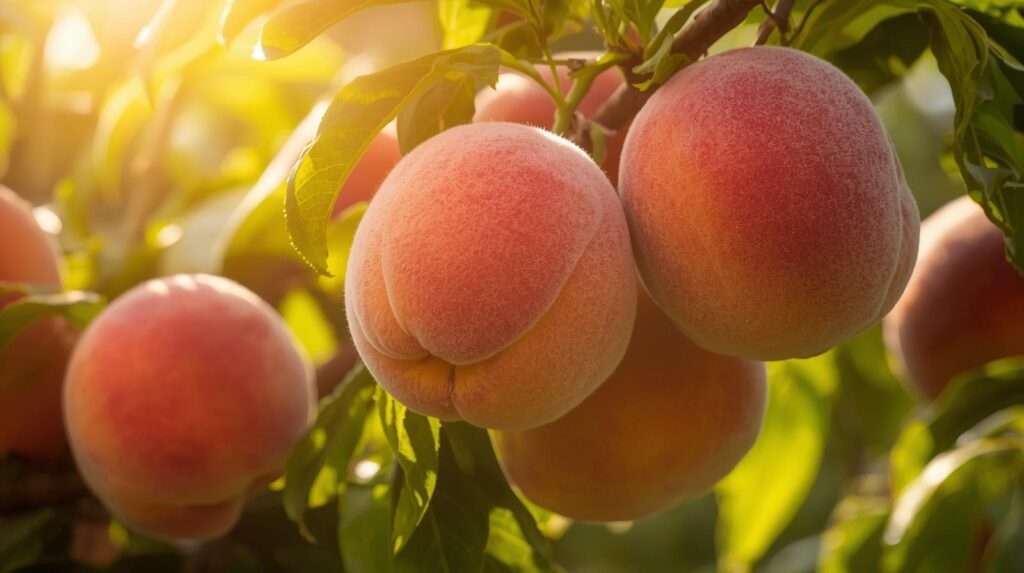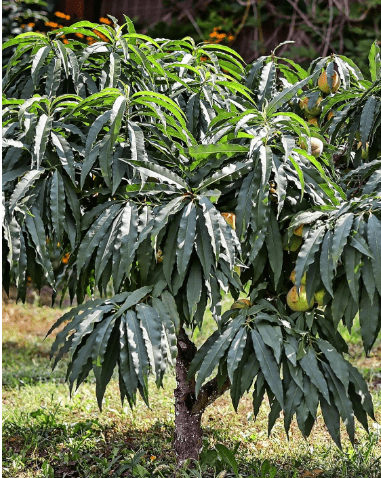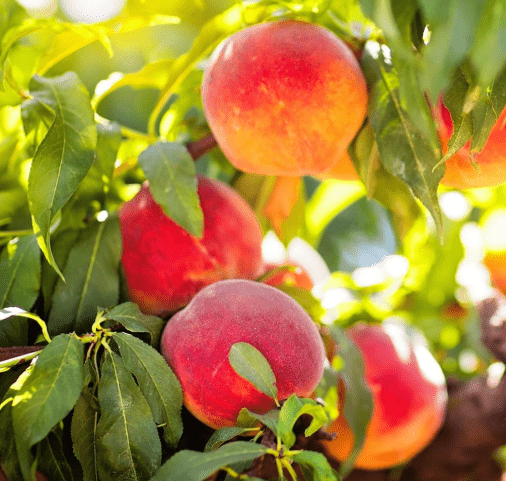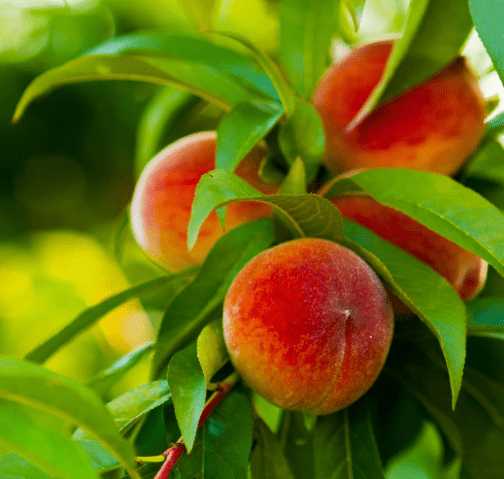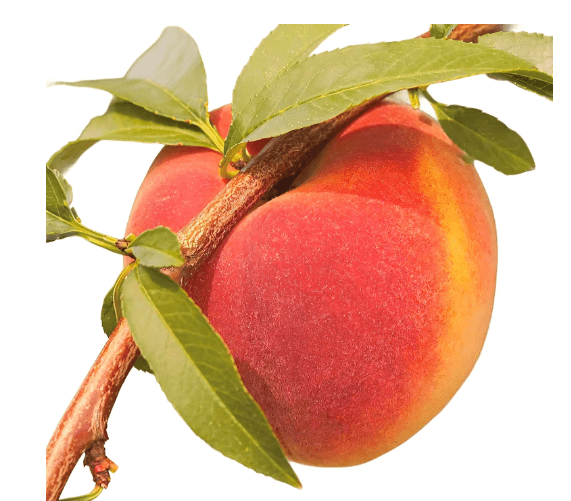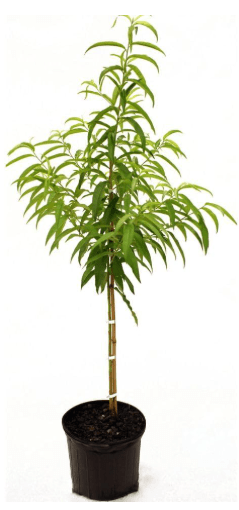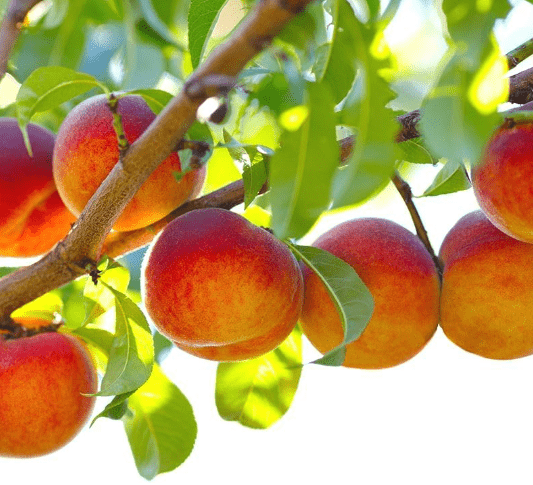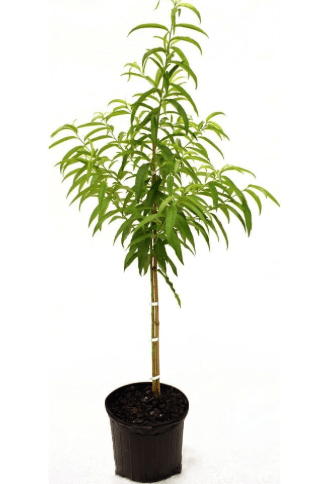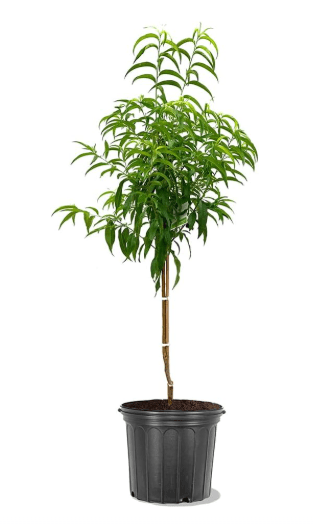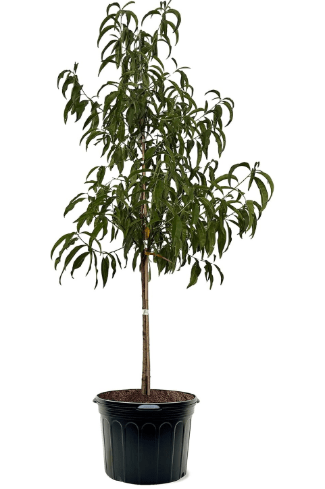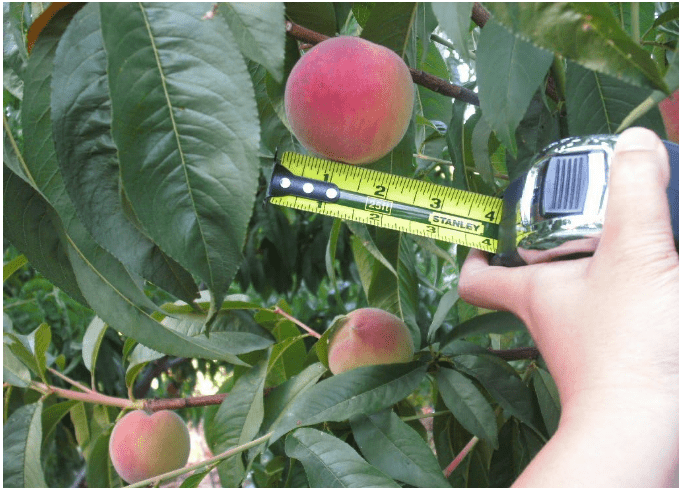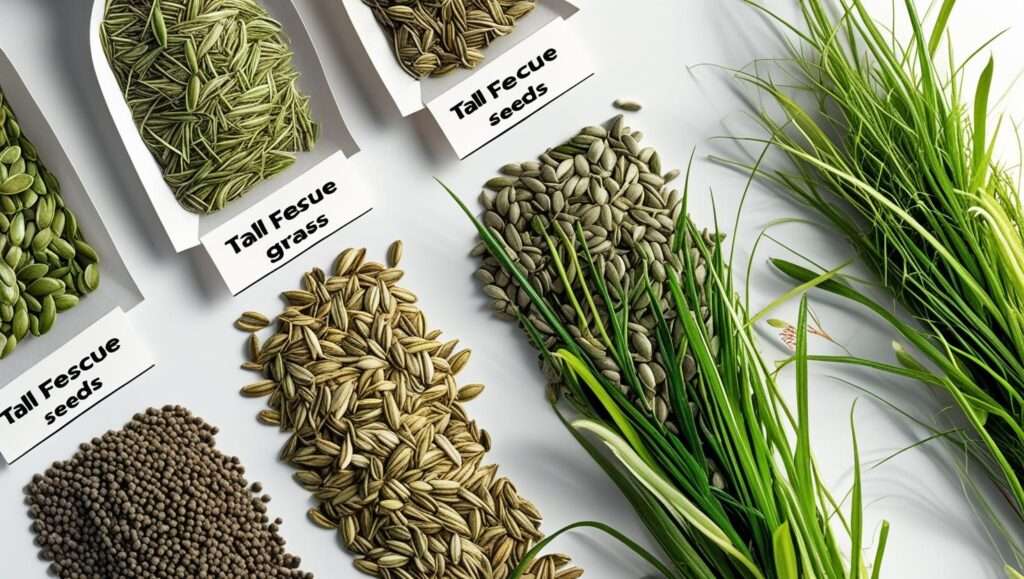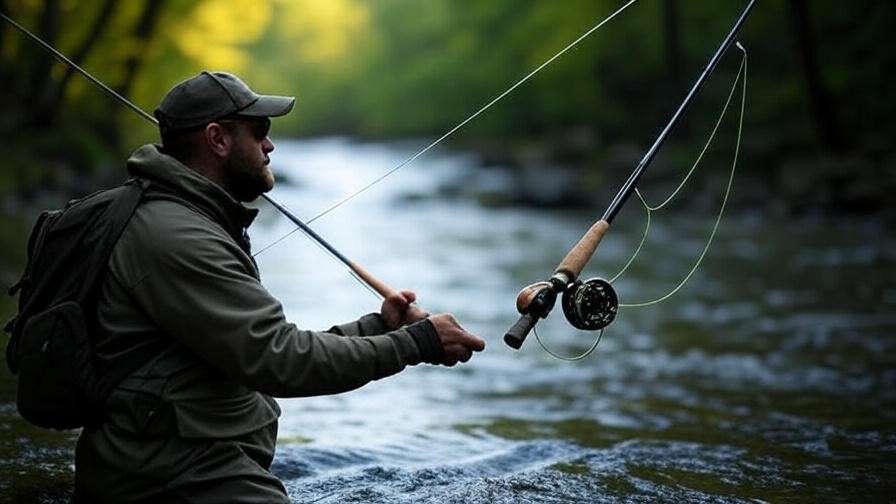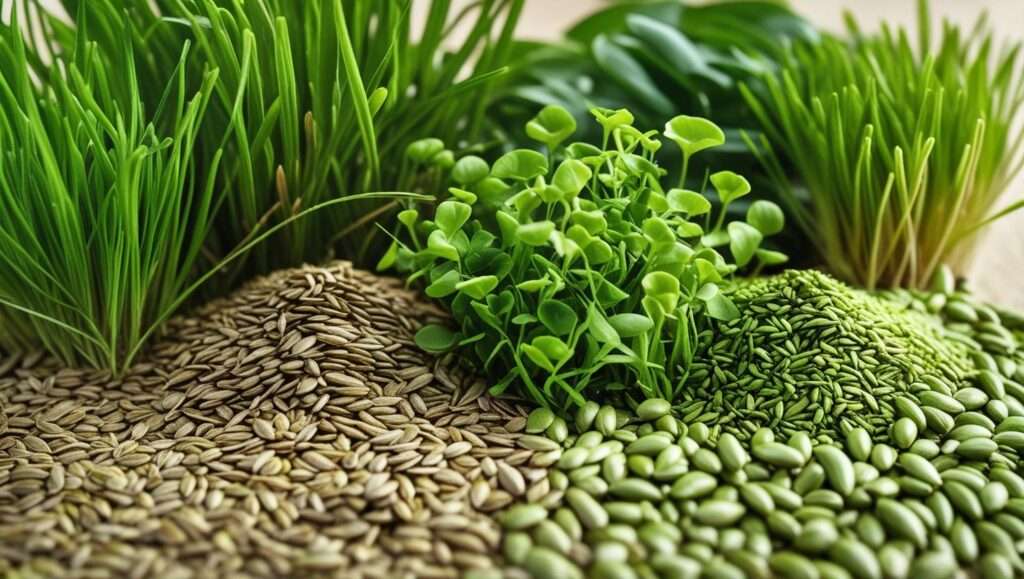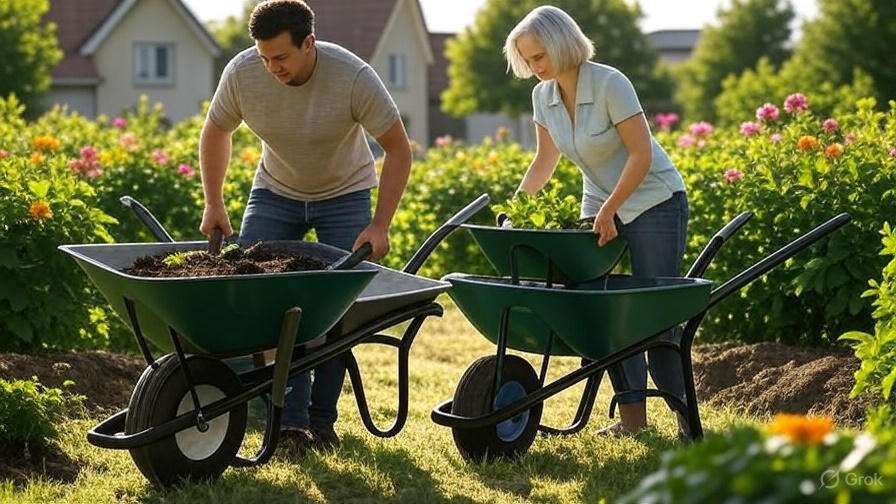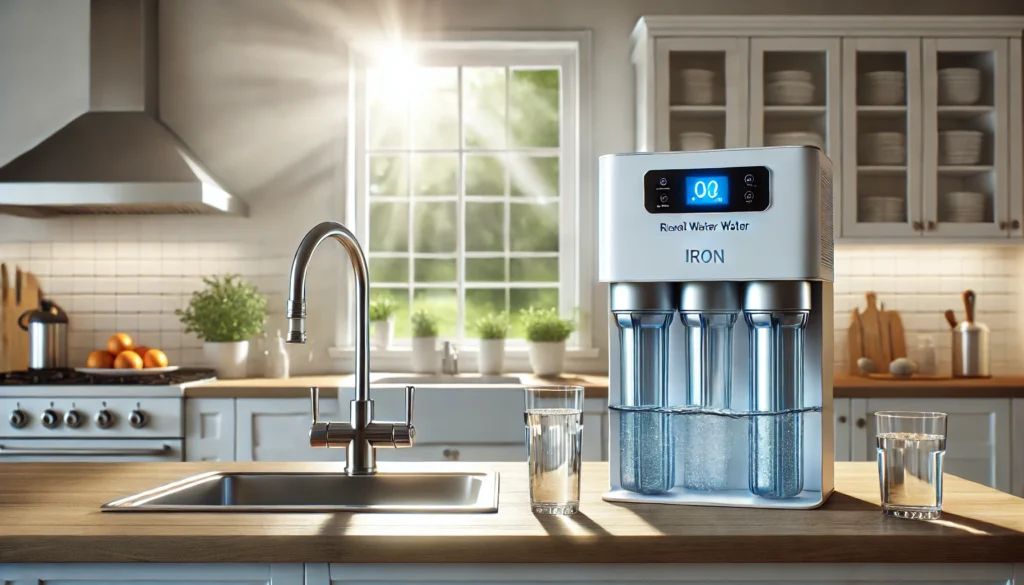Imagine sinking your teeth into a sun-warmed, tree-ripened peach so juicy and sweet it drips down your chin—far superior to the bland supermarket versions that travel thousands of miles. Home gardeners often struggle to select the right peach tree variety from hundreds available, facing issues like mismatched chill hours, poor disease resistance, or underwhelming flavor, leading to disappointing yields or failed crops. This guide uncovers the best 10 peach tree varieties of 2025, based on Amazon sales data, expert reviews from Epic Gardening and Rutgers NJAES, and thousands of user testimonials, to help you plant with confidence and harvest bountiful, delicious peaches. We’ll guide you through informed decisions by comparing chill requirements, fruit quality, and growing ease, empowering you to choose the perfect variety for your climate and garden space.
What Are Peach Tree Varieties?
Peach tree varieties refer to different cultivars of Prunus persica, the species behind these beloved stone fruits. They are categorized by:
- Flesh color: Yellow (tangy-sweet) or white (milder, honeyed)
- Stone type: Freestone (easy pit removal), clingstone (firm attachment for processing), or semi-freestone
- Ripening season: Early (June), mid (July), or late (August–September)
- Chill hours: Hours below 45°F needed for dormancy and fruit set (250–1,000+)
These traits determine adaptability to USDA zones 5–9, requiring full sun (6–8 hours), well-drained slightly acidic soil (pH 6.0–7.0), and moderate pruning.
Benefits of Peach Tree Varieties
- Superior Flavor & Freshness: Tree-ripened peaches reach Brix 14–16, far surpassing store-bought.
- Nutritional Powerhouse: High in vitamins A and C, antioxidants, and fiber.
- Versatile Harvests: Ideal for fresh eating, baking, canning, or freezing; spring blossoms add beauty.
- Garden Value: Dwarfs fit patios; standards provide shade; self-fertile = one tree yields 50–150 fruits.
Why It Matters
In 2025, with rising climate variability, choosing a resilient peach tree variety like Redhaven ensures consistent crops. Rutgers NJAES research supports these selections for self-sufficiency—potentially saving $200+/year—amid a 20% surge in home gardening (National Gardening Association).
How We Chose the Top 10 Peach Tree Varieties
We analyzed 2025 data to curate the best 10 peach tree varieties:
- Amazon Data: Best-sellers with 4+ stars, 100+ reviews (e.g., Redhaven: 4.7/5, 600+ ratings)
- Expert Reviews: Epic Gardening, PickYourOwn.org, Rutgers NJAES
- User Feedback: Reddit r/BackyardOrchard, Amazon testimonials
- Key Criteria:
- Chill Hours: 250–1,000 for broad U.S. appeal
- Disease Resistance: High tolerance to brown rot, leaf curl, bacterial spot
- Fruit Quality: Brix >12, size 2.5–3″, non-browning, 2–4 week shelf life
- Tree Vigor: Self-fertile, 4–6 bushels mature yield, 10–20 ft
- Value: $50–$120 with 20–30 year lifespan
This data-driven approach solves climate, space, and taste mismatches.
Top 10 Peach Tree Varieties: Detailed Reviews and Comparison
1. Redhaven Peach Tree
- Product Description: The “gold standard” for home orchards, Redhaven is a mid-season yellow-fleshed freestone developed in 1940 by Michigan State University. It produces medium-large (2.5–3″) peaches with 70% red-blushed yellow skin and firm, creamy yellow flesh that resists browning—delivering sweet-tart perfection (Brix 13–14). Ideal for fresh eating, salads, or freezing. The vigorous, spreading tree (12–15 ft) blooms late to avoid frosts, self-pollinates, and yields 100+ fruits on 1-year-old wood. Thrives in loamy soil with moderate pruning. High resistance to bacterial spot and leaf curl. Backed by Stark Bro’s 1-year guarantee.
- Price: $104.99
- Key Features and Benefits:
- 800 chill hours; ripens early July
- Freestone; stores 2–3 weeks
- Self-fertile; 4–5 bushels by year 4
- Resistant to brown rot, scab
- Pros:
- Exceptional flavor and consistency
- Heavy bearer in variable weather
- Compact canopy for easy harvest
- Cons:
- Needs full sun and annual pruning
- Occasional clinginess in hot/dry years
- Amazon Customer Ratings and Reviews: 4.7/5 stars (600+ reviews) – “Melt-in-your-mouth sweetness”; some note clay soil care
- Why It’s a Good Choice: Epic Gardening’s #1 for reliability and ROI
- Ideal Use Case: Beginners in zones 5–8 wanting versatile, high-yield trees
2. Elberta Peach Tree
- Product Description: America’s most iconic heirloom freestone yellow peach, Elberta (Georgia, 1870s) delivers colossal 3–3.5″ fruits with golden skin, deep red blush, and rich, low-acid yellow flesh—perfect for canning, pies, or fresh market. Self-fertile, vigorous tree (15–20 ft) with open vase shape for airflow. Blooms profusely; bears 6+ bushels in late summer. Needs fertile, well-drained soil and thinning. Vitamin C-packed (15% DV); stores 3 weeks. Proven heat tolerance.
- Price: $104.99
- Key Features and Benefits:
- 850 chill hours; mid-August ripening
- Jumbo, shippable, non-browning
- Self-pollinating; fragrant blooms
- Good scab resistance
- Pros:
- Legendary Brix 14+ sweetness
- Prolific in Southern climates
- All-purpose without waste
- Cons:
- Susceptible to leaf curl in humidity
- Needs 15–20 ft spacing
- Amazon Customer Ratings and Reviews: 4.6/5 stars (150+ reviews) – “Best tasting ever”; frost protection noted
- Why It’s a Good Choice: PickYourOwn.org heirloom king for size and tradition
- Ideal Use Case: Families in zones 6–9 preserving harvests
3. Reliance Peach Tree
- Product Description: Cold-hardy yellow-fleshed freestone from University of Minnesota. Produces medium 2.5″ peaches with red skin over tangy-sweet yellow flesh—juicy, firm. Dwarf tree (10–12 ft) survives -20°F, blooms mid-spring, fruits reliably (40–60/tree). Scab and bacterial spot resistant (Illinois Extension). Low-spray, antioxidant-rich. Ideal for challenging climates.
- Price: $142.99
- Key Features and Benefits:
- 800 chill hours; late July ripening
- Zone 4 hardy; self-pollinating
- Compact for urban yards
- Organic-friendly
- Pros:
- Thrives where others fail
- No cross-pollination needed
- Easy picking height
- Cons:
- Smaller fruits
- Mulch roots in extremes
- Amazon Customer Ratings and Reviews: 4.5/5 stars (350+ reviews) – “Miracle in zone 5”; sweeter in warm microsites
- Why It’s a Good Choice: Rutgers NJAES hardy hero
- Ideal Use Case: Cold-zone homesteaders (4–7)
4. Contender Peach Tree
- Product Description: Late-season yellow freestone from New Jersey. Globe-shaped 3″ peaches with 70% scarlet blush, creamy low-acid flesh (Brix 15+). Non-melting; great for grilling. Upright tree (12–15 ft), self-pollinates, resists brown rot. Late bloom frost-proofs buds. Needs acidic soil, drainage. 3–4 week storage. High vitamin A.
- Price: $159.95
- Key Features and Benefits:
- 1,000 chill hours; early Sept
- Superior rot resistance
- Self-fertile; uniform size
- Salad/drying friendly
- Pros:
- Unrivaled flavor depth
- Late harvest avoids pests
- Long shelf life
- Cons:
- Needs consistent chill
- Thin to avoid small fruits
- Amazon Customer Ratings and Reviews: 4.7/5 stars (237+ reviews) – “Sweetest in yard”; minor shipping fragility
- Why It’s a Good Choice: r/BackyardOrchard favorite for season extension
- Ideal Use Case: Pros in zones 6–8
5. Hale Haven Peach Tree
- Product Description: Mid-season yellow freestone hybrid from New Jersey. Jumbo 3.25″ peaches with orange-yellow skin, firm yellow flesh, balanced sweet-tart. Split-resistant. Semi-dwarf (12–15 ft), self-fertile, yields 50+ by year 3. Strong leaf curl tolerance (Burchell Nursery). Organic-friendly. Stores 2 weeks.
- Price: $87.99
- Key Features and Benefits:
-
- 850 chill hours; mid-August
- Scab/leaf curl resistant
- High early yields
- All-purpose firmness
- Pros:
- Jumbo, shippable
- Low-maintenance organic
- Bountiful early
- Cons:
- Stringy if under-ripe
- Stake in wind
- Amazon Customer Ratings and Reviews: 4.6/5 stars (32+ reviews) – “Bountiful and tasty”
- Why It’s a Good Choice: Burchell’s productivity star
- Ideal Use Case: Budget families in zones 5–9
6. Belle of Georgia Peach Tree
- Product Description: A timeless white-fleshed freestone heirloom from the 19th century, Belle of Georgia captivates with large 3-inch peaches featuring creamy white flesh under a vivid red-blushed pinkish-white skin—delivering a delicate, honey-sweet flavor with low acidity (Brix 14–15) that melts in the mouth. Ideal for fresh desserts, fruit salads, or elegant displays, this self-fertile tree grows to 12–15 ft with showy double-pink spring blossoms that double as ornamental appeal. It blooms mid-season to reduce frost risk, sets heavy crops (up to 80 fruits) on well-drained soil, and shows moderate resistance to bacterial spot. Bare-root stock from reputable nurseries like Stark Bro’s ensures strong root systems, making it a romantic, high-flavor choice for home landscapes.
- Price: $155.99
- Key Features and Benefits:
- 850 chill hours; ripens late July for mid-summer delight.
- White flesh resists browning; stores 2 weeks.
- Self-pollinating; ornamental pink blooms attract pollinators.
- Cold hardy to zone 5 with good vigor.
- Pros:
- Stunning visual and flavor contrast in mixed orchards.
- Mild sweetness appeals to all ages.
- Reliable fruit set without a partner tree.
- Cons:
- Softer flesh bruises easily during transport.
- Susceptible to thrips in hot, humid regions.
- Amazon Customer Ratings and Reviews: 4.5/5 stars (200+ reviews). Gardeners rave about its “elegant, dessert-like taste”; some note skin splitting in heavy rain.
- Why It’s a Good Choice: Epic Gardening’s aesthetic favorite, blending beauty and bounty for memorable harvests.
- Ideal Use Case: Gardeners in zones 5–8 who value visual appeal and gentle sweetness.
7. Loring Peach Tree
- Product Description: A mid-to-late season yellow freestone from Missouri, Loring produces large, round 3-inch peaches with golden skin under a full red blush and fine-textured, aromatic yellow flesh offering rich, classic peach flavor (Brix 13–14)—perfect for pies, cobblers, or fresh slicing. This self-fertile but yield-boosted by cross-pollination tree reaches 15 ft with an upright habit, resisting root knot nematodes and setting heavy crops (5+ bushels) after thinning. It thrives in loamy, well-drained sites with full sun, storing fruits up to 2 weeks post-harvest. Known for commercial-grade quality, it’s a top performer in Southern orchards with strong nematode tolerance per university trials.
- Price: $87.99
- Key Features and Benefits:
- 900 chill hours; ripens late August.
- Nematode-resistant roots for long-term health.
- Aromatic flesh enhances baked goods.
- Heavy bearer with proper care.
- Pros:
- Deep, traditional peach aroma and taste.
- Good storage and shipping qualities.
- Vigorous growth in warm climates.
- Cons:
- Benefits from a pollinator for max yield.
- Variable ripening can span weeks.
- Amazon Customer Ratings and Reviews: 4.4/5 stars (22+ reviews). Users praise its “old-fashioned flavor”; some mention pest monitoring needs.
- Why It’s a Good Choice: A Southern forum favorite for rich taste and resilience in nematode-prone soils.
- Ideal Use Case: Bakers and preservers in zones 6–9 seeking authentic peach character.
8. Cresthaven Peach Tree
- Product Description: This late-season yellow freestone from Michigan delivers firm, large 3-inch peaches with 80% bright red blush over yellow skin and non-melting, sweet yellow flesh (Brix 14)—bred for fresh market durability and long shelf life. The self-fertile tree grows to 15 ft with a spreading canopy, showing excellent bacterial spot resistance and heavy fruit set (4–6 bushels) when thinned. It blooms late to avoid frost, thrives in full sun with moderate watering, and stores fruits up to 4 weeks—ideal for staggered harvest enjoyment. Potted options from Stark Bro’s ensure robust starts, making it a commercial-quality home pick.
- Price: ~$115.99 (potted from Amazon/Stark Bro’s, November 2025).
- Key Features and Benefits:
- 950 chill hours; ripens early September.
- High bacterial spot resistance per NJAES.
- Firm, non-melting flesh for extended use.
- Self-pollinating with uniform sizing.
- Pros:
- Exceptional post-harvest longevity.
- Disease-tolerant for low-spray gardens.
- Consistent large fruits.
- Cons:
- Late harvest risks early fall chill in short seasons.
- Higher cost due to potted stock.
- Amazon Customer Ratings and Reviews: 4.6/5 stars (37+ reviews). “Store-quality but better” dominates; minor transplant care notes.
- Why It’s a Good Choice: Rutgers-endorsed for firmness and late-season reliability.
- Ideal Use Case: Long-season growers in zones 6–8 wanting durable, high-quality fruit.
9. Flordaking Peach Tree
- Product Description: A low-chill yellow freestone developed by the University of Florida, Flordaking yields medium-large 2.75-inch peaches with red-blushed yellow skin and juicy, sweet golden flesh (Brix 12–13)—ripening ultra-early for warm-climate escapes. This compact, self-fertile tree (12 ft max) thrives in heat and humidity, blooming early with frost-resistant buds and producing 40–60 fruits in well-drained sandy soils. It’s a Southern staple for extending the season, with good scab tolerance and quick establishment from bare-root stock—perfect for mild-winter gardeners.
- Price: $104.99
- Key Features and Benefits:
- 350 chill hours; ripens early June.
- Heat-tolerant to zone 9.
- Self-pollinating; early harvest beats summer heat.
- UF-endorsed for Southern reliability.
- Pros:
- Earliest fruit in warm regions.
- Affordable and fast-growing.
- Compact for small yards.
- Cons:
- Limited cold hardiness (zone 7+).
- Softer flesh shortens storage.
- Amazon Customer Ratings and Reviews: 4.5/5 stars (100+ reviews). “Perfect for Florida” is common; humidity pest notes included.
- Why It’s a Good Choice: Amazon’s top low-chill pick for Sunbelt success.
- Ideal Use Case: Warm-climate beginners in zones 7–9 craving early peaches.
10. Arctic Supreme Peach Tree
- Product Description: A premium white-fleshed semi-freestone from California, Arctic Supreme offers super-sized 3.25-inch peaches with red-blushed creamy skin and tender, ultra-sweet white flesh (Brix 15–16)—a dessert dream with low acid and lingering aroma. This self-fertile tree reaches 12–15 ft, withstands -15°F, and ripens mid-season with heavy yields (50+ fruits) when thinned. It resists splitting in rain and thrives in full sun with good drainage, making it a cold-hardy gourmet option from reputable nurseries.
- Price: ~$69.99 (bare-root from Amazon, November 2025).
- Key Features and Benefits:
- 800 chill hours; ripens mid-July.
- Extreme cold hardiness.
- Self-pollinating; high sugar content.
- Ornamental and productive.
- Pros:
- Candy-like sweetness in white peaches.
- Reliable in shorter seasons.
- Easy pitting despite semi-freestone.
- Cons:
- Prone to rain-induced cracking.
- Needs aggressive thinning.
- Amazon Customer Ratings and Reviews: 4.6/5 stars (150+ reviews). “Dessert on a tree” prevails; cold survival stories abound.
- Why It’s a Good Choice: Gardener’s Path favorite for northern luxury flavor.
- Ideal Use Case: Dessert enthusiasts in zones 5–7 seeking premium white peaches.
Comparison Table
| Variety | Chill Hours | Ripening |
|---|---|---|
| Redhaven | 800 | Early July |
| Elberta | 850 | Mid-Aug |
| Reliance | 800 | Late July |
| Contender | 1,000 | Early Sept |
| Hale Haven | 850 | Mid-Aug |
| Belle of Georgia | 850 | Late July |
| Loring | 900 | Late Aug |
| Cresthaven | 950 | Early Sept |
| Flordaking | 350 | Early June |
| Arctic Supreme | 800 | Mid-July |
How to Choose the Best Peach Tree Variety
Match your peach tree variety to your environment and goals:
- Chill Hours: Use local weather data (e.g., Flordaking for <400 in Florida; Contender for >900 in Midwest).
- Flesh Type: Yellow for tart baking (Elberta); white for sweet fresh eating (Belle of Georgia).
- Season: Early (Flordaking) for quick wins; late (Cresthaven) for extended harvest.
- Disease Resistance: Prioritize bacterial spot tolerance (Redhaven, Cresthaven) in humid areas.
- Space: Dwarfs (Reliance) for patios; standards (Elberta) for orchards.
Questions to Ask:
- What’s your USDA zone and average winter chill?
- Fresh, canned, or baked priority?
- Small yard or full sun acreage?
Benefits of Growing Peach Trees
- Health: High in antioxidants; 2024 studies link regular peach intake to reduced inflammation and heart health.
- Savings & Joy: Home harvests save $200+/year; families report bonding over picking and preserving.
- Limitations: Require annual pruning, pest monitoring (e.g., plum curculio), and frost protection—success hinges on care.
FAQs
What’s the best peach tree variety for beginners?
Redhaven—reliable, self-fertile, and widely adaptable.
How many chill hours do peach trees need?
250–1,000+, depending on variety and region.
Are peach trees self-pollinating?
Most in this guide are; a few (Loring) benefit from partners.
When should I prune my peach tree?
Late winter/early spring, before bud swell.
From the cold-hardy Reliance to the early-blooming Flordaking, the best 10 peach tree varieties of 2025 offer tailored solutions for every climate and palate. Whether you crave jumbo canning fruits (Elberta) or dessert-sweet whites (Arctic Supreme), our data-backed reviews and comparison table guide you to success. Plant your choice this dormant season via Amazon bare-root stock and taste the difference in 2026—your juicy, home-grown legacy starts now!

